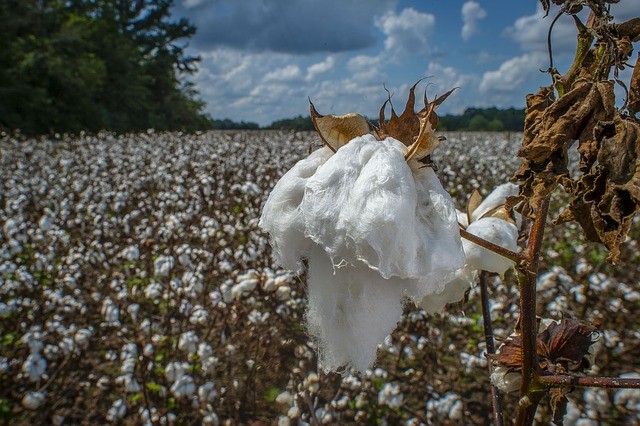HYDERABAD – The International Labor Organization and the Indian state of Telangana are about to take bonafide action to weed child laborers out of the region’s cotton fields.

The state and the ILO are about to embark on a collaborative mapping of the entire area’s cotton supply chain. Their goal? To rid the state’s cotton industry of its use of child labor.
Cotton is the best-selling fiber in the world, and India is second only to China in the production of the crop and its manufacture into finished goods.
Reaching the goal will be a long journey. The mapping aspect alone is expected to last four years. Telangana is India’s third-largest cotton-producing state with more than 4.2 million acres under management.
Nonetheless, breaking the cotton industry’s grip on child laborers is an elephant that must be eaten one bite at a time. The mapping project, which will be conducted in six of the state’s ten cotton-growing districts, represents the first bite.
According to Reuters, the project will map child labor violations from seed production to harvesting, separating seeds and fibers, spinning mills, and garment factories.
Telangana Deputy Minister of Labor, Eslavath Gangadhar, noted,
“This is for the first time in India that an integrated approach to identify both child and bonded labor is being undertaken. This issue is very relevant for us because recent surveys have shown that more than 80% of child labor cases are being reported in agriculture.”
By mapping in textile mills team members hope to expose the labor bondage of thousands of young girls who should be in school. The girls are victims of the so-called Sumangali Scheme. The News Minute explains,
“The Sumangali Scheme rides on the unlawful demands of the dowry system to which the parents of girls from economically weaker sections succumb. Thus, they consider fixed-term employment a necessary evil . . . Mill management promises them a lump sum amount at the end of the three-year period, withholding the wages till then. Parents of the girl workers, mostly poor Dalit and Scheduled Tribe families, see this as financially beneficial in meeting the enormous marriage expenses of the girls.”
There is an abundance of documentation regarding child labor but, by contrast, not so much has actually been done. The collaboration between the state of Telangana and the ILO is an excellent step in the right direction.
To learn more about the facts of the global child labor problem, read Gospel for Asia’s special report, Child Labor: Not Gone, But Forgotten.
To read more news on Child Labor on Missions Box, go here.
- Reuters, Indian state to map cotton supply chain to stamp out child labor
- The News Minute, Sweatshops disguised as schools: How young girls are exploited in TN’s cotton valley
- The New Indian Express, Cotton farming is ‘child’s play’ in Telangana with large number of children working in fields
- Gospel for Asia, Child Labor: Not Gone, But Forgotten




